Step up to the perfect tower server
Choosing your first server doesn't need to be a headache
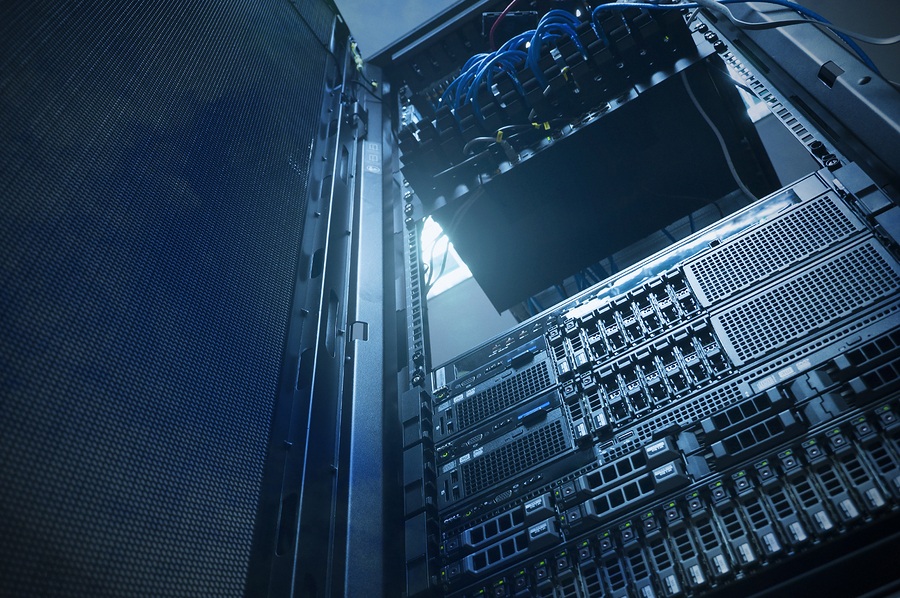

Cloud services may be all the rage, but the traditional tower server still has an important role to play. Running essential services in-house brings advantages in terms of data security, performance and availability - and getting set up doesn't have to be expensive, with entry-level models starting at under 600.
Space-saving designs allow these compact servers to fit into the smallest of office environments, and the latest models have enough power on tap to handle the most demanding small-businesses applications. They're ideal for growing micro-businesses looking to upgrade their legacy PC-based networks with a purpose-built server. They can also be a good choice for larger businesses looking to deploy on-site IT services to staff in remote or branch offices.
Which CPU?
Unless you to plan to run heavy-duty business applications (such as huge databases), a server with a single CPU socket will be easily up to the job. As to which model, we recommend Intel's Xeon E3-1200 series - particularly the v6 range.
The family comprises eight models, with clock speeds ranging from 3GHz up to 3.9GHz. It might be tempting to go for the fastest variant, but that's probably overkill: the entry-level E3-1220 v6 is perfectly adequate for a typical small business, and stepping up to the top-end E3-1280 v6 will add around 500 to your shopping bill.
All CPU models have four cores, but for processor-intensive tasks, choose a model that supports Intel's Hyper-threading technology, as this allows it to process eight tasks at once. Avoid the models whose model numbers end in "-5" - these are aimed at workstation roles, and come with embedded Intel P630 HD graphics chips that you don't need to pay for.
If your budget is tight, you can save money by choosing an older E3-1200 v5 model - this will still be more than powerful enough for a typical small business server, but you'll be missing out on support for faster 2,400MHz DDR4 memory. The v6 models are also more power-efficient, which will have a small impact on your energy bills.
Power and noise
Even entry-level towers are designed for always-on business use, and have features you won't find in most PCs. Manufacturers focus on minimising power usage, and you'll see a choice of power supply units (PSUs) with ratings ranging from 80 Plus Gold to Platinum. These indicate how efficient the PSU is at converting AC to DC, with Platinum models delivering the highest 92% efficiency. A high rating translates to lower power usage, less heat generation and hence less fan noise, so choose the best you can afford.
Get the ITPro daily newsletter
Sign up today and you will receive a free copy of our Future Focus 2025 report - the leading guidance on AI, cybersecurity and other IT challenges as per 700+ senior executives
System designers also pay a lot of attention to internal air flow, which again helps tower servers run cool without the need for large, noisy fans. To measure noise levels, we use the excellent SPLnFFT Noise Meter iOS app which is available for only 3.99 from the App Store.
We advise against locating your new server on the floor or under a desk, as it'll suck up all sorts of grot including carpet fibres and dust. If you have no other option, make sure you clean the fans, drive bays and CPU heatsink every few months, otherwise there's a real risk your server will clog up, overheat and eventually fail - with catastrophic results.
Storage space
An in-house server can be a very useful central data store, offering more space and faster access than a cloud service. Think ahead when choosing hard disks for your server and ensure there's plenty of headroom for future demand. Large form factor (LFF) SATA drives represent the best value, as they're getting ever cheaper and are now available in sizes up to 10TB.
Remember to factor in storage requirements for your operating system too: both Windows Server 2012 R2 with a GUI and Server 2016 with the Desktop Experience require around 40GB. Your business applications will quickly eat up space too. To avoid problems down the line, we recommend a minimum of 1TB for your system drive.
For increased OS and app performance, consider using solid-state disks for your boot drive. Choices range from SATA drives, which can be used as drop-in replacements for regular LFF disks, to high-performance NVMe M.2 SSDs - check out our latest SSD group test in Issue 275 for more detail.
Protect and serve
Choosing a server with room for three or four hard disks allows critical data to be protected with a RAID array. A RAID1 mirror is fine for protecting a single drive; if you're using three or more disks then RAID5 is more versatile, as you can easily add extra drives to the array when you want to increase capacity.
Many servers come with embedded RAID controllers on their motherboards. Whether it's Dell's PERC S130, HPE's Smart Array B140i or Intel's C236 chip, all of them support mirrors and RAID5 out of the box, which should be all a small business needs. The only caveat is if you want to uses SAS drives: these provide greater storage performance and lower failure rates than SATA models, but they're much more expensive, and few entry-level servers support them as standard, so you may need to budget for a standalone SAS controller card.
Also decide whether you need hot-swap hard disks. Cold-swap systems are cheaper, but require you to take the system offline to perform disk maintenance. If you need your server to keep running while you're replacing or upgrading the disks in a RAID array, then choose hot-swap.
This article originally appeared in PC Pro issue 277
Dave is an IT consultant and freelance journalist specialising in hands-on reviews of computer networking products covering all market sectors from small businesses to enterprises. Founder of Binary Testing Ltd – the UK’s premier independent network testing laboratory - Dave has over 45 years of experience in the IT industry.
Dave has produced many thousands of in-depth business networking product reviews from his lab which have been reproduced globally. Writing for ITPro and its sister title, PC Pro, he covers all areas of business IT infrastructure, including servers, storage, network security, data protection, cloud, infrastructure and services.
-
 Bigger salaries, more burnout: Is the CISO role in crisis?
Bigger salaries, more burnout: Is the CISO role in crisis?In-depth CISOs are more stressed than ever before – but why is this and what can be done?
By Kate O'Flaherty Published
-
 Cheap cyber crime kits can be bought on the dark web for less than $25
Cheap cyber crime kits can be bought on the dark web for less than $25News Research from NordVPN shows phishing kits are now widely available on the dark web and via messaging apps like Telegram, and are often selling for less than $25.
By Emma Woollacott Published
-
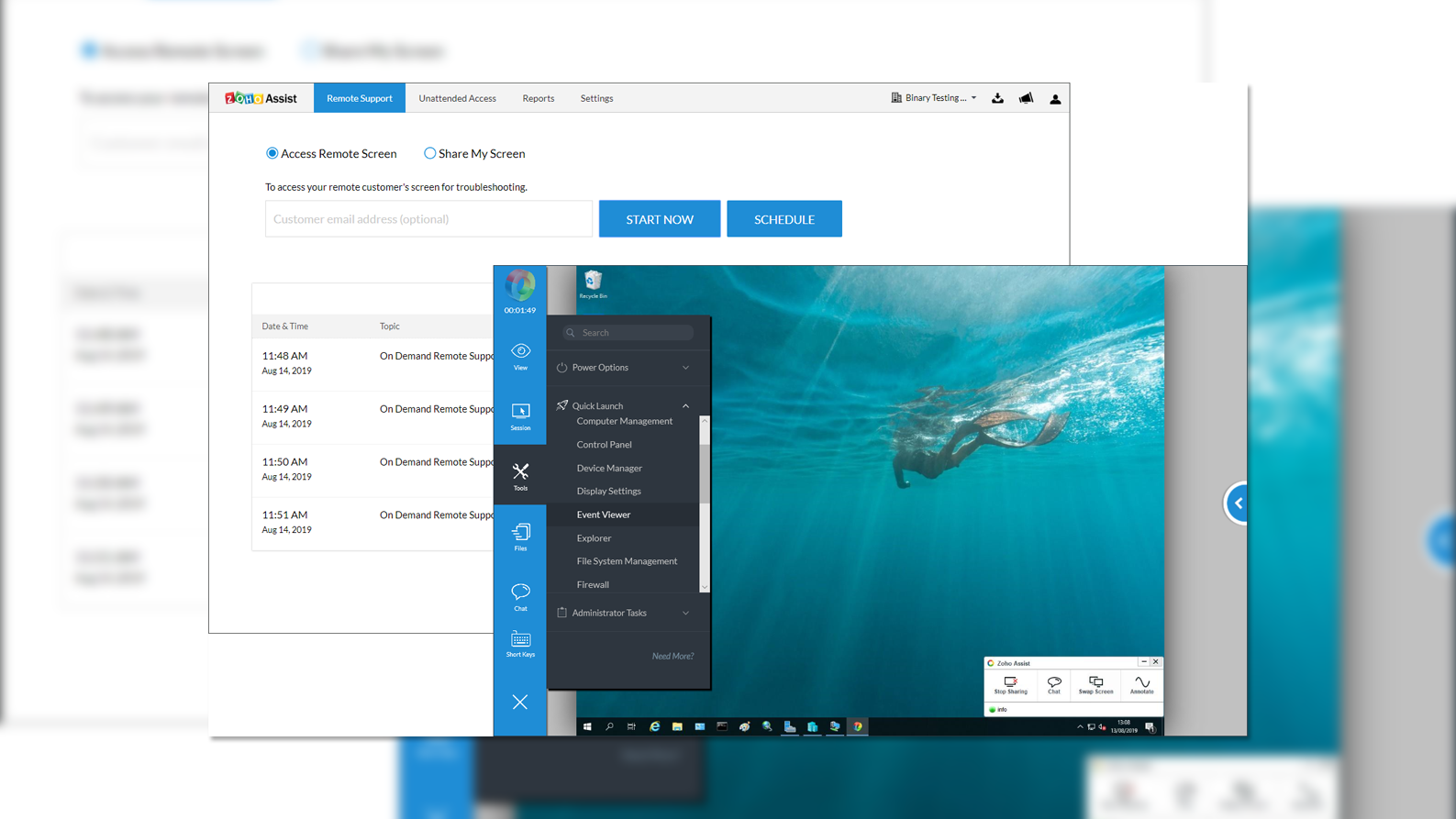
 Zoho Assist review: Basic budget brilliance
Zoho Assist review: Basic budget brillianceReviews An uncomplicated cloud-hosted remote control service that’s great value and very easy to manage
By Dave Mitchell Published
-
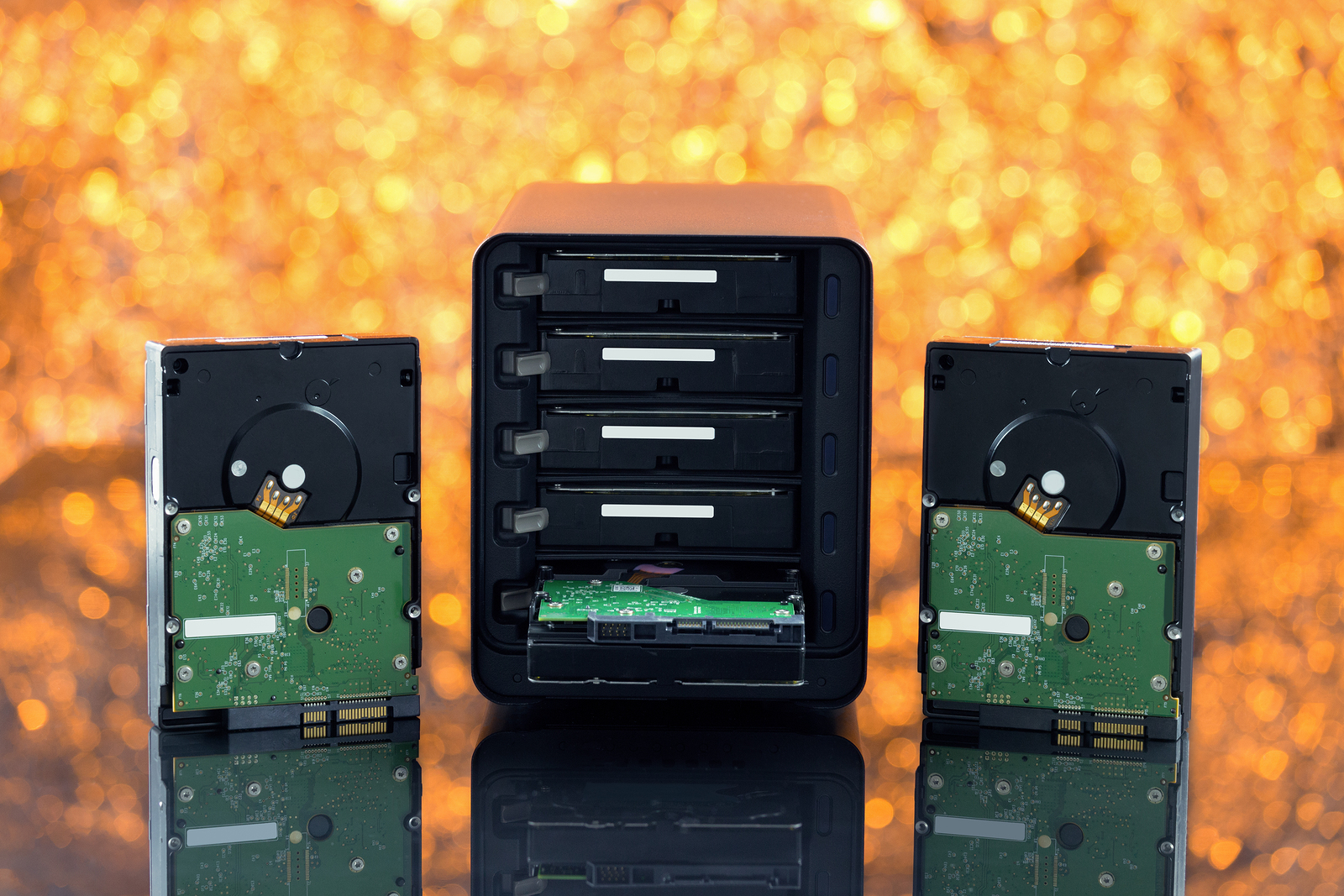 How to pick the best NAS for your small business
How to pick the best NAS for your small businessTutorials NAS appliances can help you grow your business - here's what you should look for
By Dave Mitchell Last updated
-
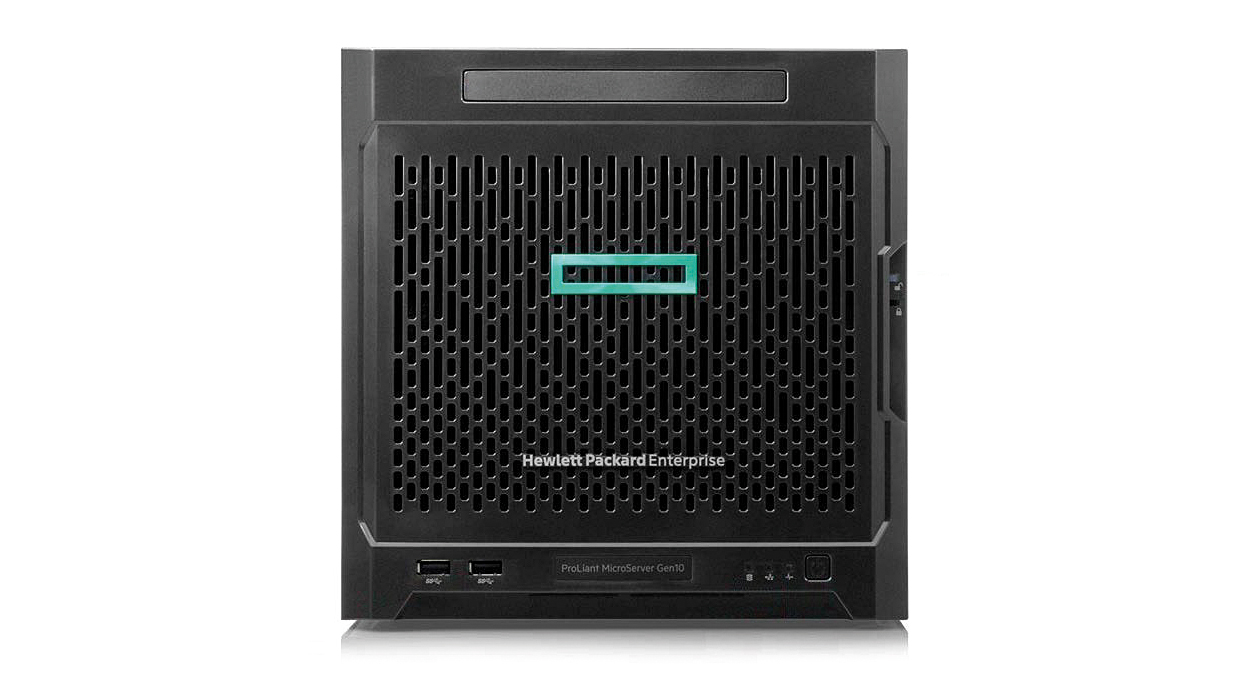
 HPE ProLiant MicroServer Gen10 review: Small in size, large in power
HPE ProLiant MicroServer Gen10 review: Small in size, large in powerReviews It's small, but HPE's ProLiant MicroServer Gen10 stands head and shoulders above the rest
By Dave Mitchell Published
-
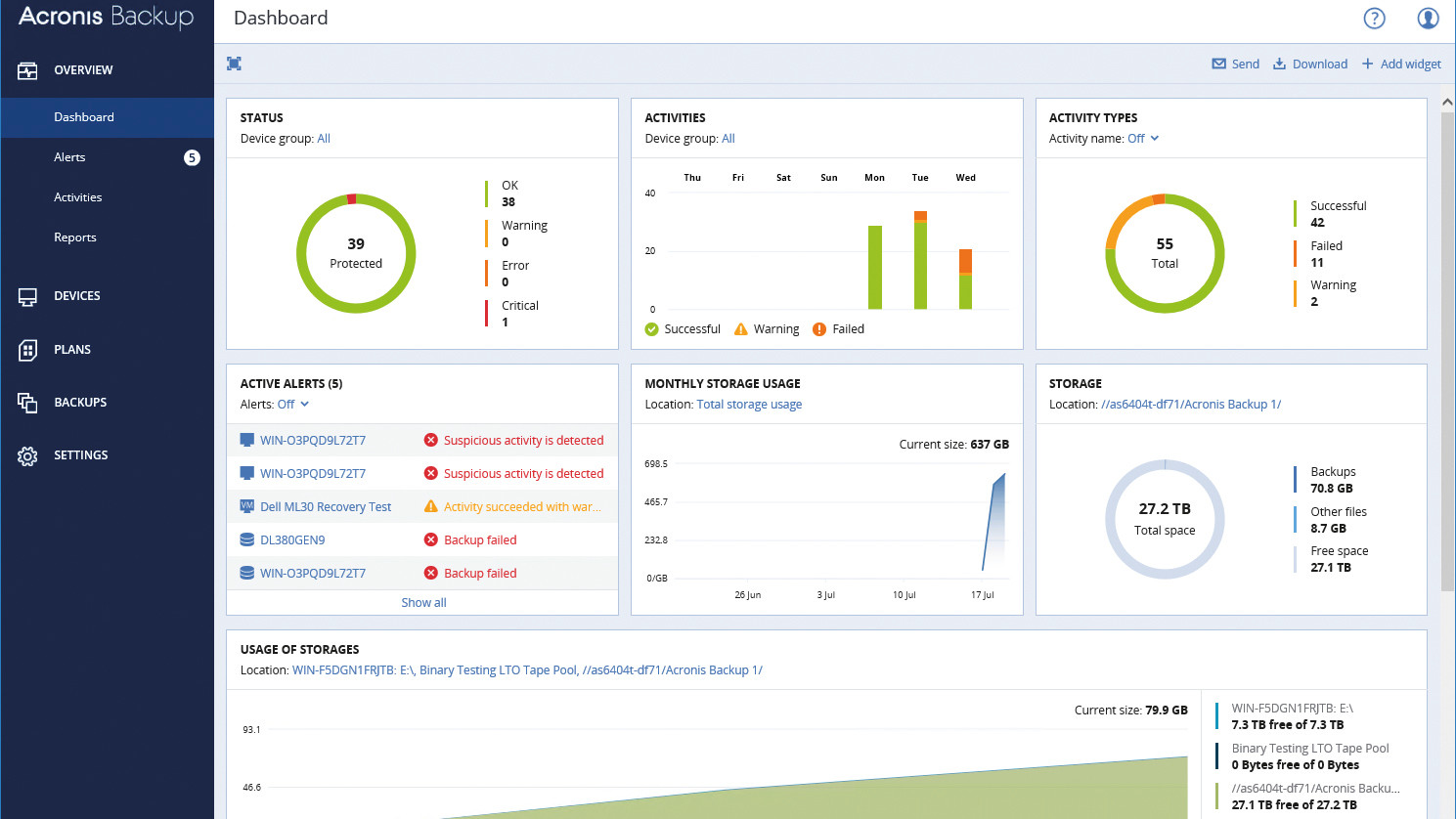
 Acronis Backup 12.5 review
Acronis Backup 12.5 reviewReviews Acronis has every backup base covered with a huge platform support, easy management and valuable ransomware protection
By Dave Mitchell Published
-
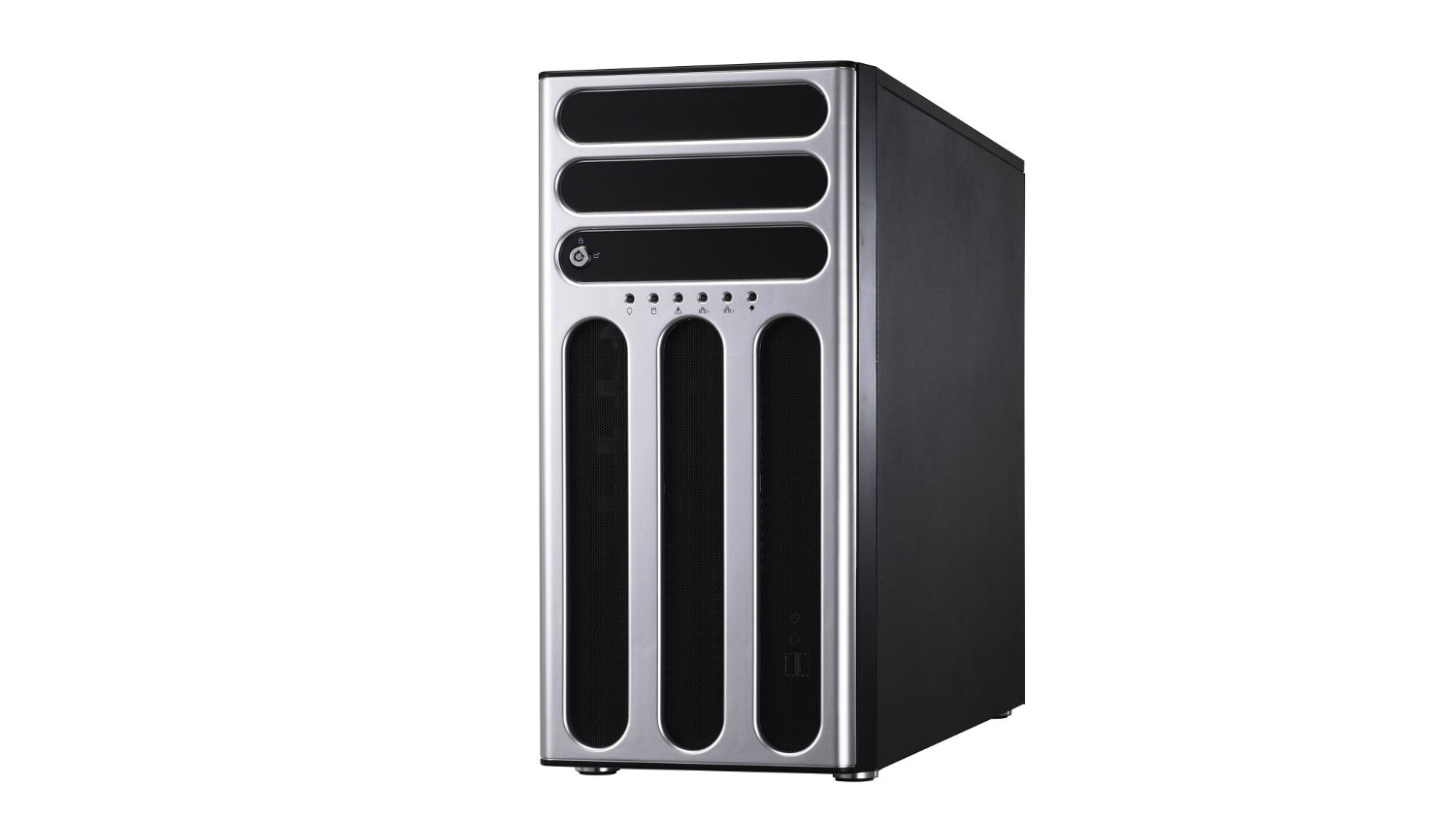
 Broadberry CyberServe TS300 review
Broadberry CyberServe TS300 reviewReviews Priced right for SMBs, this quiet, low-energy tower server has plenty of power and room to grow
By Dave Mitchell Published
-
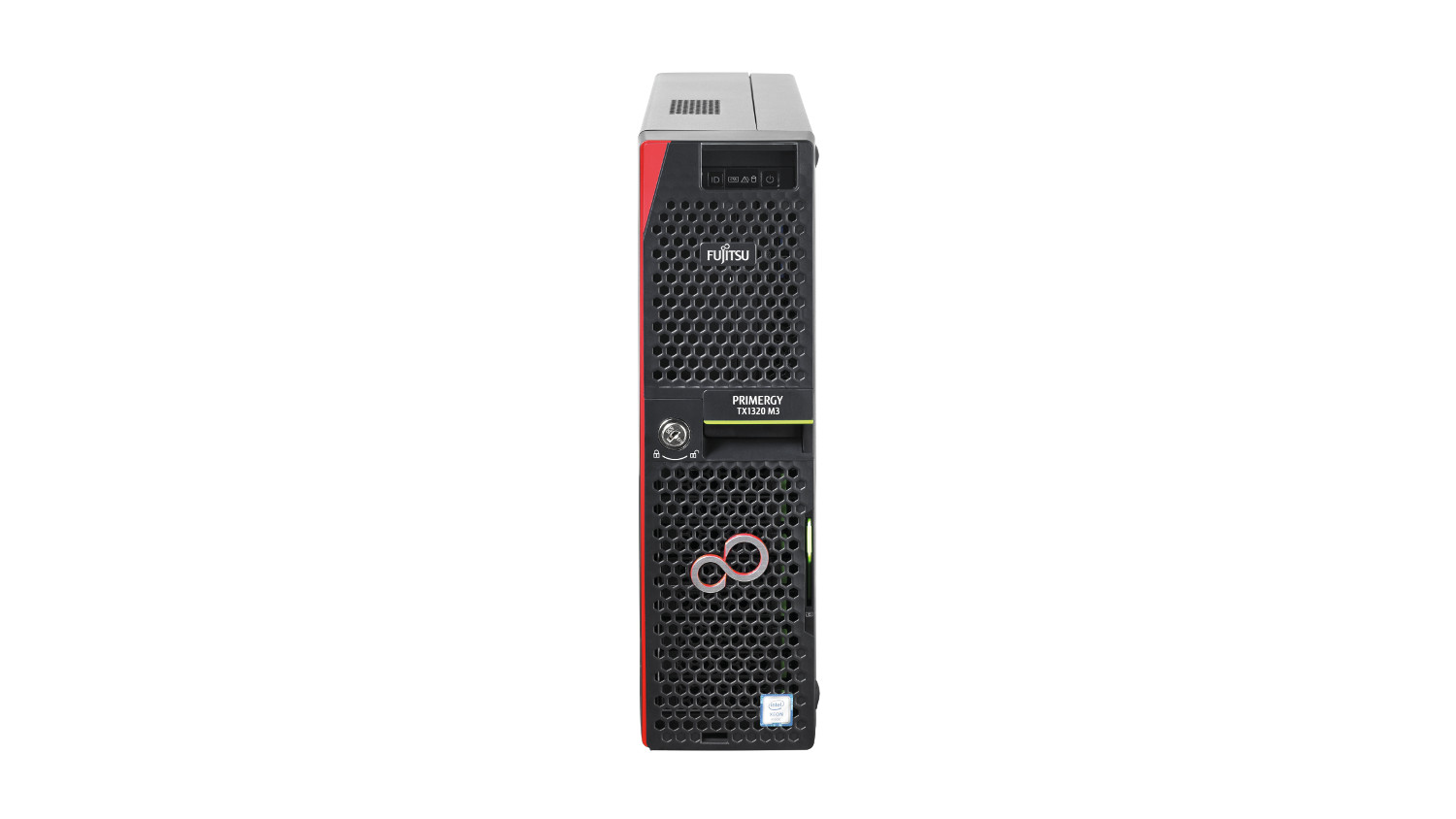
 Fujitsu Server Primergy TX1320 M3 review
Fujitsu Server Primergy TX1320 M3 reviewReviews Quiet, small and very powerful – Fujitsu’s highly affordable TX1320 M3 is the perfect first server
By Dave Mitchell Published
-
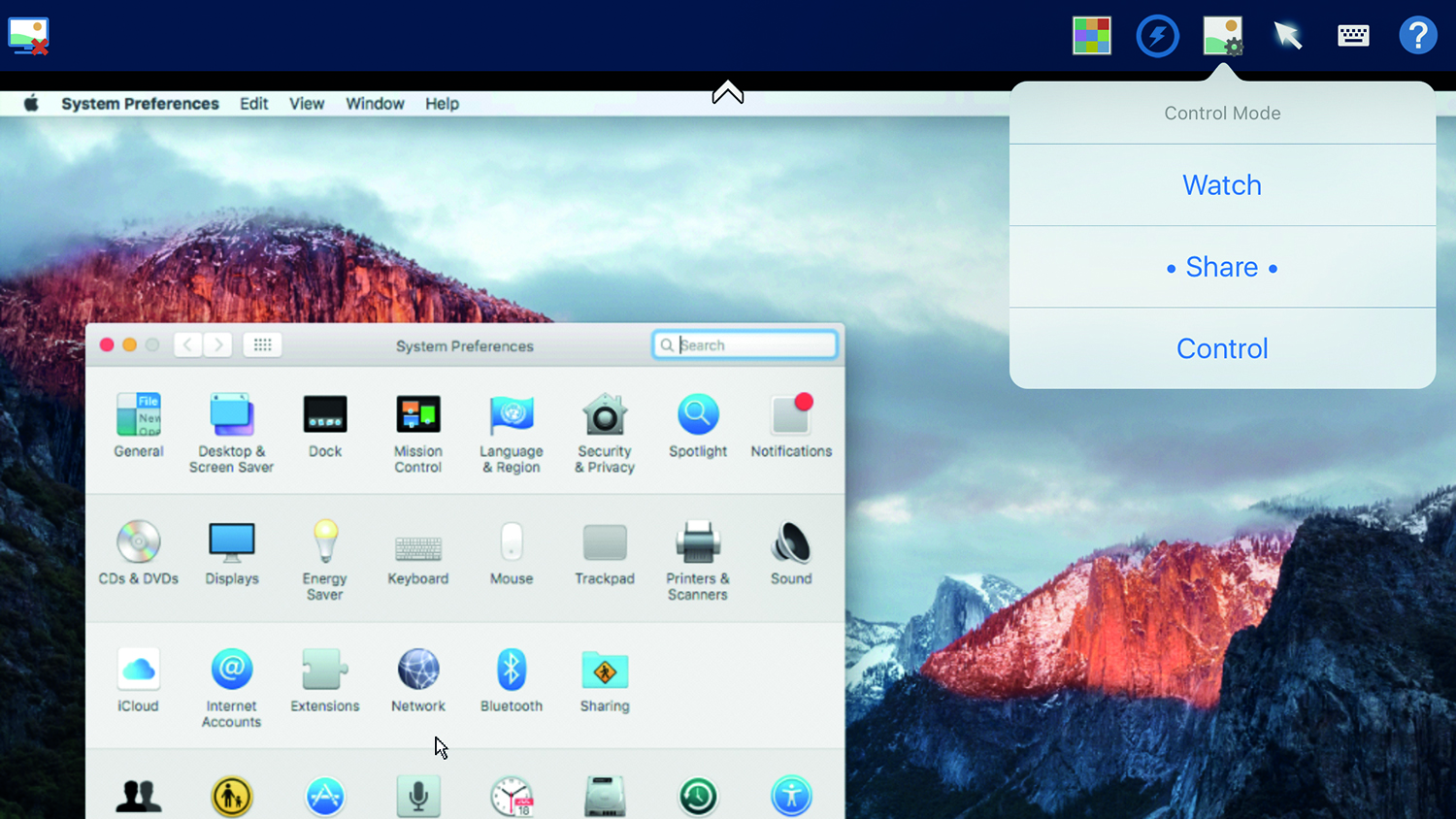
 NetSupport Manager 12.10 review
NetSupport Manager 12.10 reviewReviews A combination of sophisticated and easy to use support tools packaged into a well-designed console
By Dave Mitchell Published
-
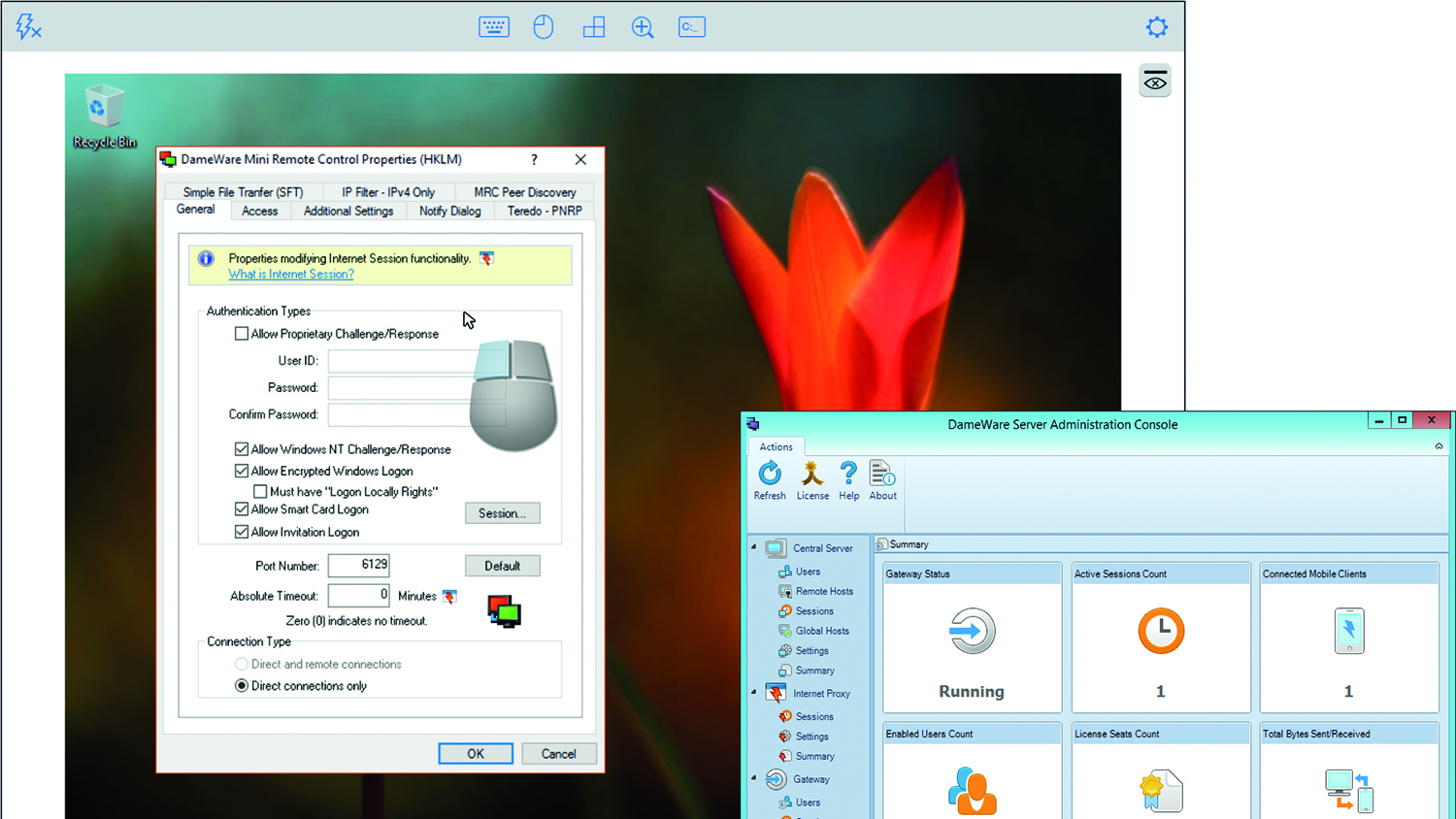 SolarWinds DameWare Remote Support 12.0.3 review
SolarWinds DameWare Remote Support 12.0.3 reviewReviews The console is clunky and very busy, but DameWare delivers affordable, agent-free remote support tools
By Dave Mitchell Published